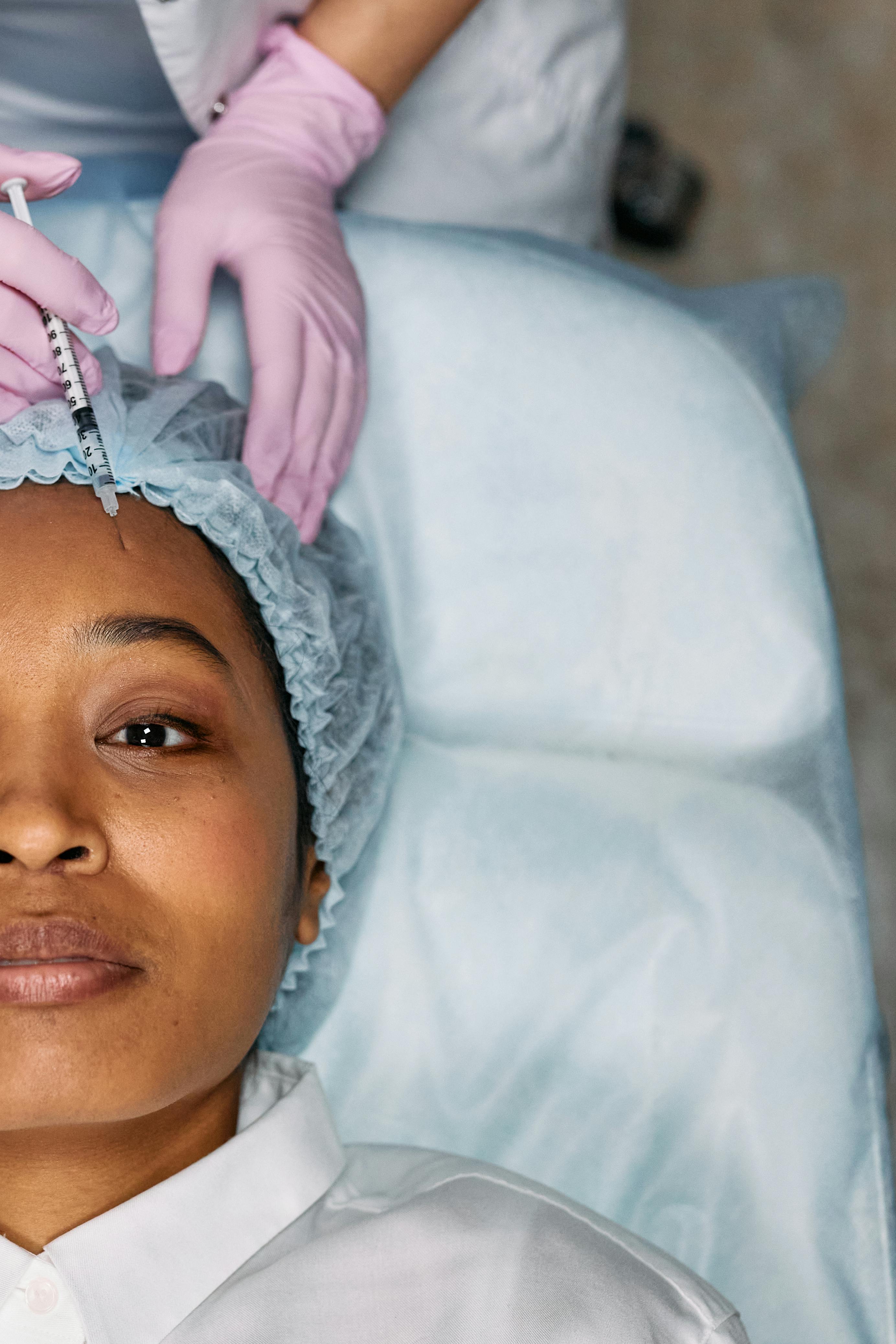Understanding Non-Surgical Nose Reshaping Techniques for a Natural Appearance
Subtle changes to facial contours can create noticeable balance, and non-surgical nose reshaping is one option more individuals are exploring for this reason. Using injectable fillers, this technique offers a temporary approach that doesn’t involve surgery, commonly considered by those seeking a more refined look. This overview outlines how it’s structured, how long effects may last, and what factors people evaluate when considering it. Examples and related guidance in similar aesthetic areas offer further context for those seeking to understand evolving cosmetic approaches.

What Does Nose Filler Before and After Treatment Involve?
The transformation achieved through non-surgical nose reshaping can be quite remarkable when performed by experienced practitioners. Before treatment, patients typically undergo a comprehensive consultation where facial anatomy is assessed and realistic expectations are established. The actual procedure involves strategically injecting hyaluronic acid-based fillers into specific areas of the nose to correct bumps, improve symmetry, or refine the tip shape.
After treatment, results are immediately visible, though minor swelling may occur for 24-48 hours. Most patients experience minimal downtime and can return to normal activities within a day. The enhancement appears natural because skilled practitioners work with the existing nasal structure rather than dramatically altering it. Proper aftercare includes avoiding pressure on the treated area and following post-treatment guidelines provided by your practitioner.
How Long Does Non-Surgical Rhinoplasty Last?
The duration of non-surgical rhinoplasty results varies depending on several factors, including the type of filler used, individual metabolism, and the specific area treated. Most patients can expect results to last between 12 to 18 months, with some experiencing effects for up to two years. Hyaluronic acid fillers, the most commonly used products for nose reshaping, gradually break down naturally in the body.
Factors affecting longevity include the patient’s age, skin elasticity, lifestyle habits, and the amount of filler injected. Areas with more movement, such as the nose tip, may show diminishing results sooner than the bridge area. Regular touch-up treatments can help maintain desired results, and many patients find that subsequent treatments may last longer as the tissue adapts to the enhancement.
Liquid Rhinoplasty Pros and Cons: A Balanced Perspective
Liquid rhinoplasty offers several advantages that make it appealing to many patients. The procedure is quick, typically taking 15-30 minutes, with immediate results and minimal recovery time. It’s significantly less expensive than surgical rhinoplasty and carries fewer risks. The treatment is reversible if hyaluronidase is used to dissolve hyaluronic acid fillers, providing peace of mind for first-time patients.
However, limitations exist that patients should carefully consider. Non-surgical methods cannot reduce nose size or address major structural changes that surgical rhinoplasty can accomplish. Results are temporary, requiring ongoing maintenance treatments. Rare but serious complications can occur, including vascular compromise if fillers are inadvertently injected into blood vessels. Additionally, the procedure requires skill and experience, making practitioner selection crucial for safe, effective results.
Selecting Dermal Fillers for Nose Reshaping
Various dermal fillers are used for non-surgical nose reshaping, each with specific characteristics that make them suitable for different applications. Hyaluronic acid fillers are the most popular choice due to their safety profile, reversibility, and natural-looking results. These products integrate well with nasal tissue and provide sufficient volume for most correction needs.
When selecting appropriate fillers, practitioners consider factors such as the thickness of the product, its lifting capacity, and how long it maintains its shape. Some fillers work better for subtle refinements, while others provide more dramatic volume enhancement. The choice depends on individual anatomy, desired outcomes, and the practitioner’s expertise with specific products. Consultation with qualified professionals helps determine the most suitable approach for your unique needs.
Cost Considerations and Treatment Options
Non-surgical rhinoplasty costs vary significantly based on geographic location, practitioner experience, and the amount of filler required. Treatment typically ranges from $600 to $1,500 per session, making it considerably more affordable than surgical alternatives. However, the temporary nature means ongoing costs for maintenance treatments every 12-18 months.
| Treatment Type | Average Cost Range | Duration of Results | Key Considerations |
|---|---|---|---|
| Non-Surgical Rhinoplasty | $600 - $1,500 | 12-18 months | Temporary, reversible, minimal downtime |
| Surgical Rhinoplasty | $5,000 - $15,000 | Permanent | Major procedure, longer recovery, permanent results |
| Touch-up Treatments | $400 - $800 | Extends duration | Required for maintenance |
Prices, rates, or cost estimates mentioned in this article are based on the latest available information but may change over time. Independent research is advised before making financial decisions.
Making an Informed Decision
Non-surgical nose reshaping represents a valuable option for individuals seeking nasal enhancement without surgical intervention. The technique offers immediate results, minimal downtime, and reversibility, making it attractive for many patients. However, understanding the limitations, temporary nature, and importance of skilled practitioners ensures realistic expectations and optimal outcomes.
Success with non-surgical rhinoplasty depends largely on proper candidate selection and practitioner expertise. While the procedure cannot address all nasal concerns that surgery can correct, it provides an excellent solution for specific issues like dorsal humps, minor asymmetries, and tip refinement. Careful consideration of your goals, budget for ongoing maintenance, and selection of qualified practitioners will help determine if this approach aligns with your aesthetic objectives.
This article is for informational purposes only and should not be considered medical advice. Please consult a qualified healthcare professional for personalized guidance and treatment.




